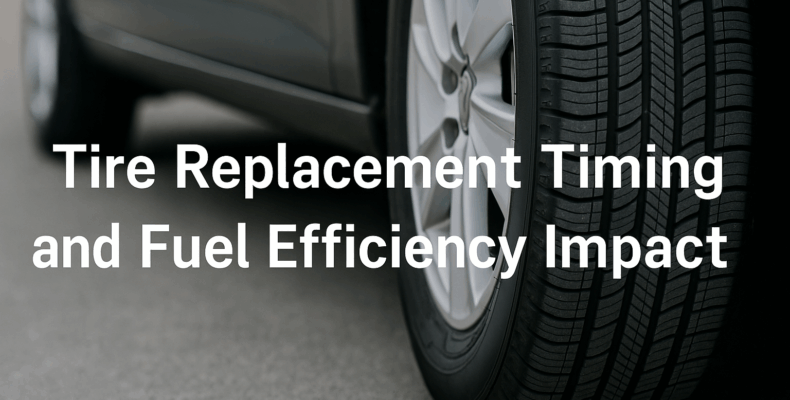How Worn Tires Affect Your Car’s Safety and Economy
Tires are one of the most important — yet most overlooked — components of your vehicle. Especially in Japanese vehicles known for their efficiency and smooth handling, tire condition plays a major role in overall performance, safety, and fuel economy.
In this article, we’ll explain when to replace your tires, how worn tires affect your car’s efficiency, and what to look for when buying used Japanese vehicles.
1. Why Tire Condition Matters
Tires influence:
-
Braking distance
-
Steering response
-
Ride comfort
-
Fuel consumption
-
Road noise and stability
Even the most fuel-efficient Japanese cars, such as the Toyota Prius or Honda Fit, can lose their edge if riding on worn or poorly inflated tires.
2. When to Replace Tires
Most tire manufacturers and mechanics recommend replacement when:
-
Tread depth is below 2/32 inch (1.6 mm)
-
The tire is older than 6 years, regardless of tread
-
You see cracks, bulges, or uneven wear
-
The car vibrates or pulls to one side when driving
For safety and efficiency, many drivers choose to replace tires at 4/32 inch (3 mm) — especially in wet or snowy regions.
3. How to Check Tread Depth
You can check tread depth by:
-
Using a tread depth gauge
-
Inserting a coin (e.g., using a 1 yen coin — if the outer ring is visible, it’s time to replace)
-
Looking for tread wear indicators built into the grooves
Regular inspection helps prevent accidents and poor performance.
4. Tire Condition and Fuel Efficiency
Underinflated or worn-out tires increase rolling resistance. This leads to:
-
More fuel burned per kilometer
-
Reduced acceleration response
-
Higher engine strain
A vehicle with properly inflated, low-rolling-resistance tires can improve fuel economy by up to 10%.
5. Tire Maintenance Tips
-
Check tire pressure monthly using a digital gauge
-
Inflate tires to the manufacturer’s recommended PSI
-
Rotate tires every 8,000–10,000 km to promote even wear
-
Get a wheel alignment check if the car pulls or tires wear unevenly
-
Store seasonal tires in a cool, dry place
Following these steps will help extend tire life and reduce operating costs.
6. Tire Considerations for Used Japanese Cars
When importing used vehicles from Japan, it’s important to:
-
Review tire age and condition in auction reports or inspection sheets
-
Replace tires if they are older than 5–6 years, even if tread looks good
-
Ensure tires are suited for your local climate (winter, all-season, or summer types)
Many exporters provide tire upgrade services upon request.
Trusted Exporters of Japanese Used Cars
If you’re sourcing a vehicle from Japan, work with exporters who value safety and condition, including tires:
-
EVERY Co., Ltd. – Focused on quality Japanese exports
-
SBT Co. Ltd.
-
Be Forward
-
Qualitex Trading
-
Autorec Enterprise Ltd.
Learn more here:
Top Recommended Japanese Used Car Export Companies for International Customers
Final Thoughts: Don’t Underestimate Your Tires
Tires aren’t just rubber — they’re your only contact with the road. Maintaining them properly can improve fuel efficiency, enhance driving comfort, and, most importantly, keep you safe.
Whether you drive a new Japanese import or a high-mileage classic, the right tires — at the right time — make all the difference.
